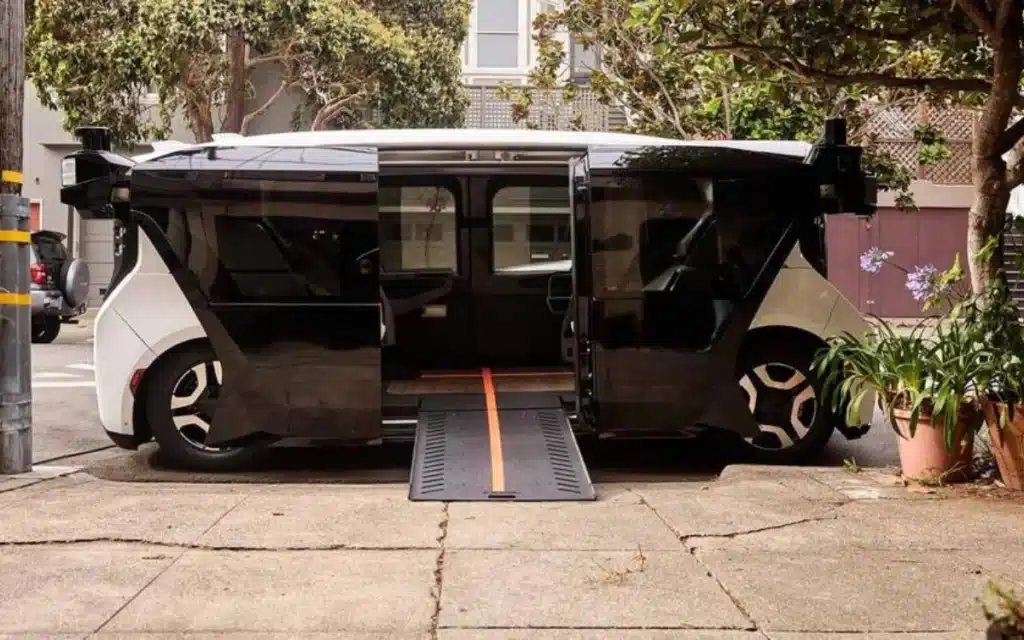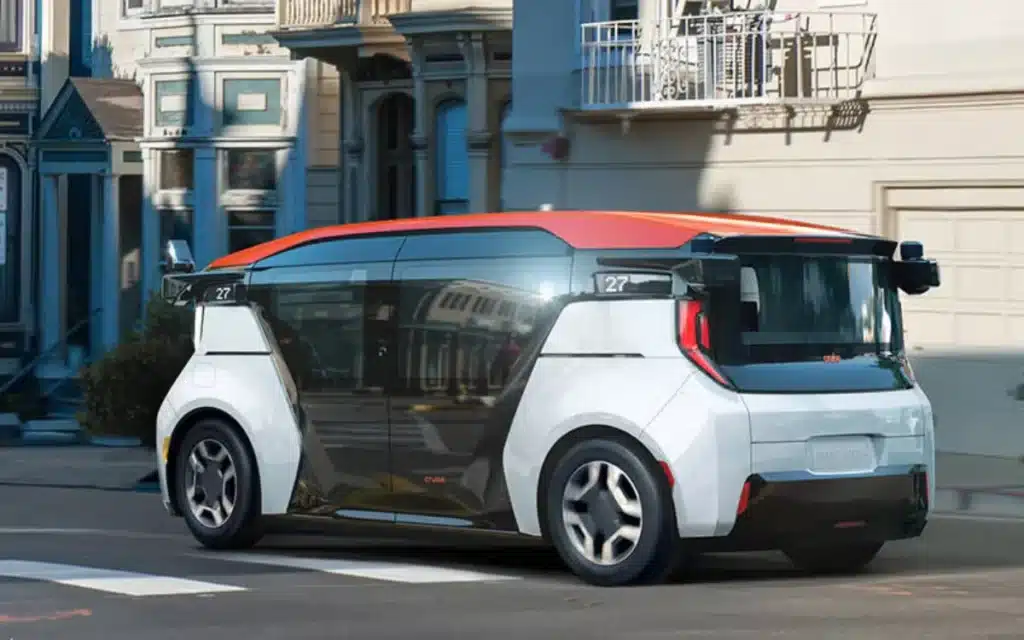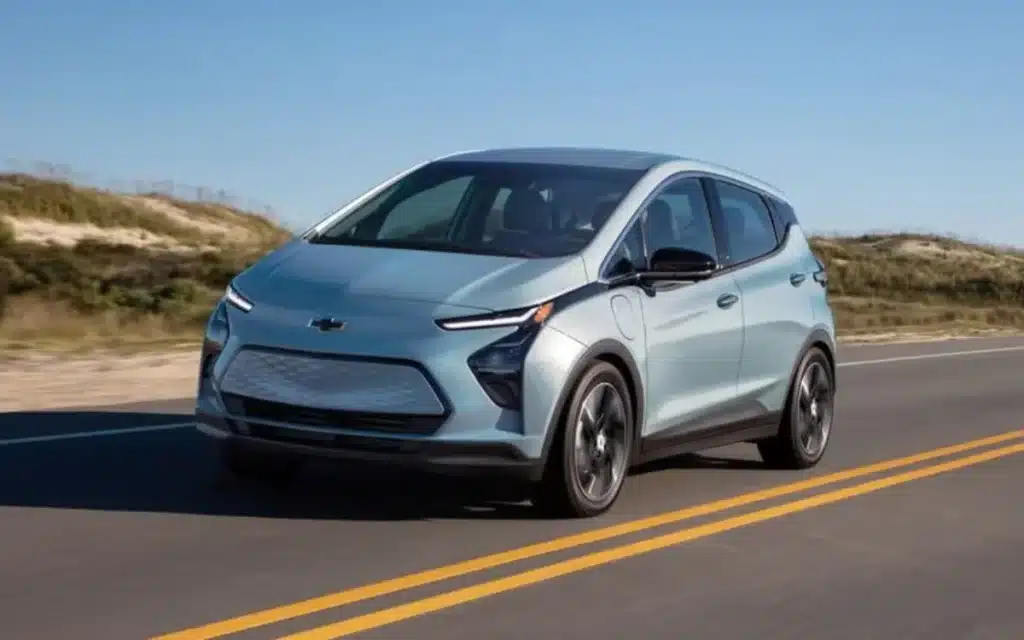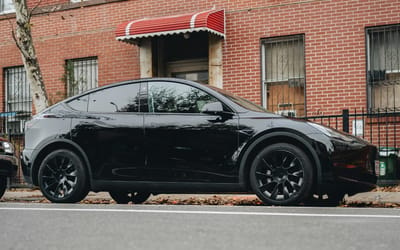General Motors says self-driving cars are going to drastically change how vehicles look
Published on Jul 29, 2025 at 9:24 AM (UTC+4)
by Molly Davidson
Last updated on Jul 29, 2025 at 6:10 PM (UTC+4)
Edited by
Kate Bain
Self-driving cars aren’t just changing how we drive, they’re about to rewrite the rules of vehicle design.
If GM is right, the next wave of vehicles might not even feel like cars anymore.
We’re talking couches on wheels. Bubble pods. Tech cocoons that roll instead of roar.
And leading the charge? A design chief who thinks we’re on the brink of a revolution that makes ditching the horse and buggy look tame.
VISIT SBX CARS – View live supercar auctions powered by Supercar Blondie
GM’s design boss says self-driving cars are about to change the game
Bryan Nesbitt just took over as General Motors’ head of global design – a role only seven others have held since 1927. And he’s thinking big. Like, ‘rip-up-the-rulebook’ big.
“This next window is very significant,” he said, referring to the coming wave of self-driving cars.
If vehicles no longer need steering wheels, pedals, or even forward-facing seats, why keep pretending they do? These are the questions designers have to tackle as self-driving cars move from fantasy to reality.
Nesbitt’s imagining a future where the entire concept of a ‘car’ shifts from a driving tool to a mobile experience.

Think less about horsepower and more about what your car feels like to be in. Less cockpit, more lounge.
And forget about flash-for-the-sake-of-it styling. Designers, he says, ‘need to rethink the very foundations of how humans and machines interact.’
To drive the point home, he even brought up the early days of motoring, when people added fake horse heads to their newfangled machines just to cope emotionally with the change. And when he puts it like that…

We might not be gluing fake reins to our Teslas, but the idea stands: design needs to help us transition to the future, not just show off the tech.
So don’t expect concept cars with wild angles and turbine wheels. Expect designs that prioritize comfort, clarity, and calm.
A kind of tech-minimalism that still feels intentional, personal… even beautiful.
GM has already been playing with the future of vehicle design
Before Nesbitt even stepped into the role, GM had already been poking at the edges of what a car could be – starting with the Cruise Origin, its most radical vision for self-driving cars to date.
The Origin wasn’t your typical prototype. No steering wheel, no pedals, no dashboard. Just a symmetrical, shuttle-style box built for passengers, not drivers.
It was less car and more rolling lounge designed entirely around comfort, conversation, and ride-hailing efficiency.
For GM’s design team, it was a chance to throw convention out the window and see what stuck.
Regulators weren’t quite ready, and GM has since pivoted to focus on the next-gen Bolt – a more traditional shape, but still with autonomy at its core.

Even so, the Origin wasn’t a wasted effort.
It cracked open a new design language and gave the team permission to think differently, then work backwards toward something that feels both futuristic and feasible.
Now, with Nesbitt at the helm, that experimental energy is rewiring vehicle design from the inside out.
Because real innovation doesn’t always come in spaceship form, sometimes it’s a familiar silhouette, reimagined.
Click the star icon next to supercarblondie.com in Google Search to stay ahead of the curve of the latest and greatest supercars, hypercars, and ground-breaking technology.
DISCOVER SBX CARS: The global premium car auction platform powered by Supercar Blondie
Molly Davidson is a Junior Content Writer at Supercar Blondie. Based in Melbourne, she holds a double Bachelor’s degree in Arts/Law from Swinburne University and a Master’s of Writing and Publishing from RMIT. Molly has contributed to a range of magazines and journals, developing a strong interest in lifestyle and car news content. When she’s not writing, she’s spending quality time with her rescue English staffy, Boof.




